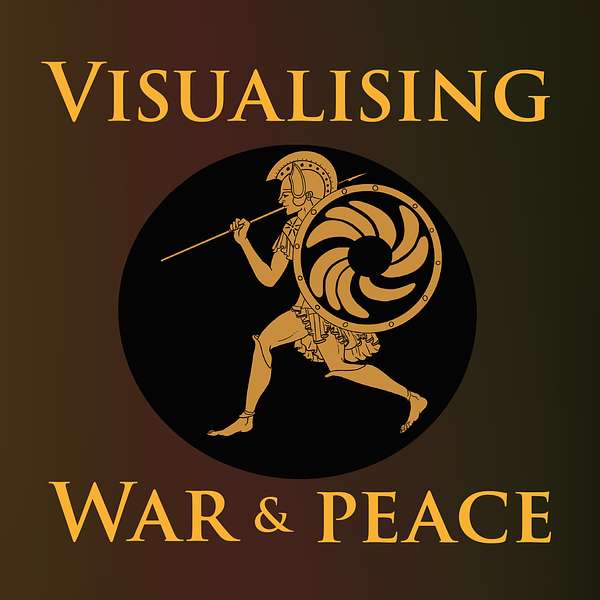
Visualising War and Peace
How do war stories work? And what do they do to us? Join University of St Andrews historian Alice König and colleagues as they explore how war and peace get presented in art, text, film and music. With the help of expert guests, they unpick conflict stories from all sorts of different periods and places. And they ask how the tales we tell and the pictures we paint of peace and war influence us as individuals and shape the societies we live in.
Visualising War and Peace
Peace activism in Israel and Palestine
In this episode, Alice interviews Anne Lene Stein, a PhD Student in the Department of Political Science at Lund University, in Sweden. With a background in both social anthropology and peace-and-conflict studies, Anne’s research over the past ten years has focused on peace activism in Israel, Palestine and Lebanon (among other places). She is particularly interested in protest and resistance in asymmetrical conflict settings, and has conducted several rounds of fieldwork in the region to understand better how different peace movements have been operating and evolving.
Her most recent visits to Israel and Palestine were in summer 2023, before the latest tragic escalation in the conflict. While there, she talked with both Palestinian and Israeli peace campaigners and anti-occupation activists, and observed joint Israeli-Palestinian protests and commemoration events. In the wake of Hamas’ brutal attacks on Israeli civilians on October 7th, and Israel’s sustained bombing of Gaza over the following weeks, peace in the region looks further away than ever – but work towards peace is all the more urgent.
In the podcast, Anne outlines a brief history of peace activism in both Israel and Palestine, discussing the impact which different events in the long-running conflict have had. She reflects on increasing hostility towards peace activists, particularly in Israel; on creative approaches to peacebuilding on both sides, including the Palestinian concept of Sumud ('steadfastness') as a form of non-violent resistance; on the opportunities and challenges of bi-national peace campaigning; and shifts in language and focus from peace-building to anti-occupation activism. She also discusses the theory of 'agonistic' peacebuilding, which asks us to distinguish between enemy and adversary, antagonism and agonism, and which aims to make space for ongoing contestation and multiple truths in peacebuilding processes.
As Anne explains, the word 'peace' has itself become a contested concept over time in Israel and Palestine, with different communities visualising it in very different ways. As a result, while many are still working and hoping for peace, the word is used less and less often. Given the world-building nature of language and narratives, we discuss what the implications are for the future if people no longer feel able to articulate their aspirations as peace-work. Despite all the obstacles, and the devastating impact of recent events, Anne cites activists on both sides who insist that accepting the ongoing violence is not an option. In their words, 'if we keep meeting, partnering, taking action - we will break the cycle'.
We hope you find the discussion interesting. For a version of our podcast with close captions, please use this link. For more information about individuals and their projects, please visit the University of St Andrews' Visualising War website and the Visualising Peace Project.
Music composed by Jonathan Young
Sound mixing by Zofia Guertin